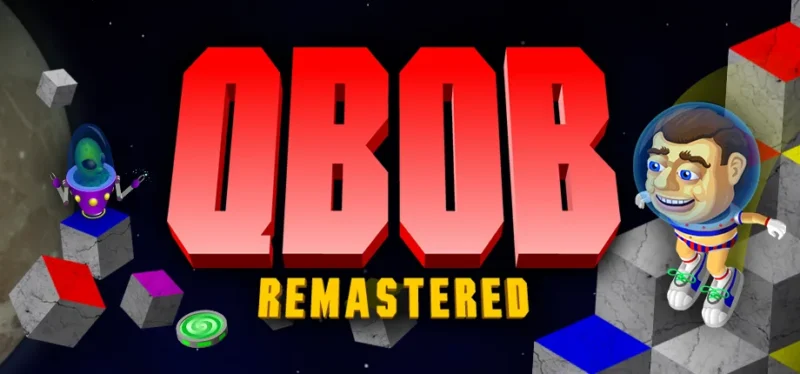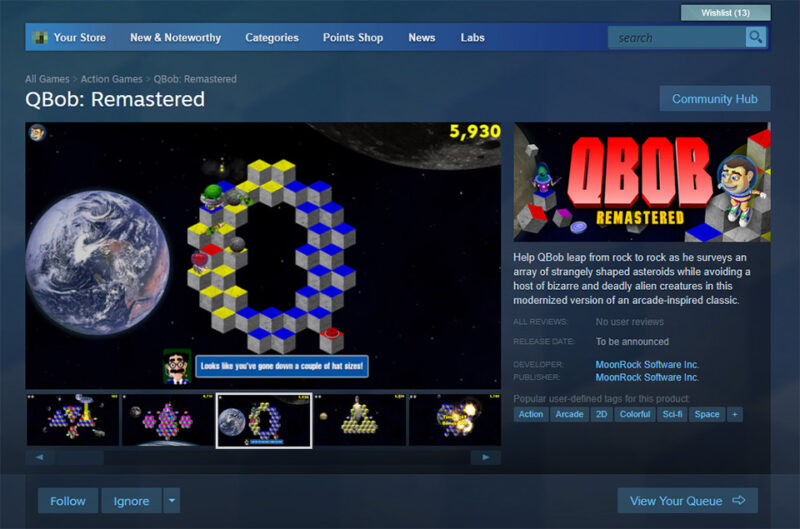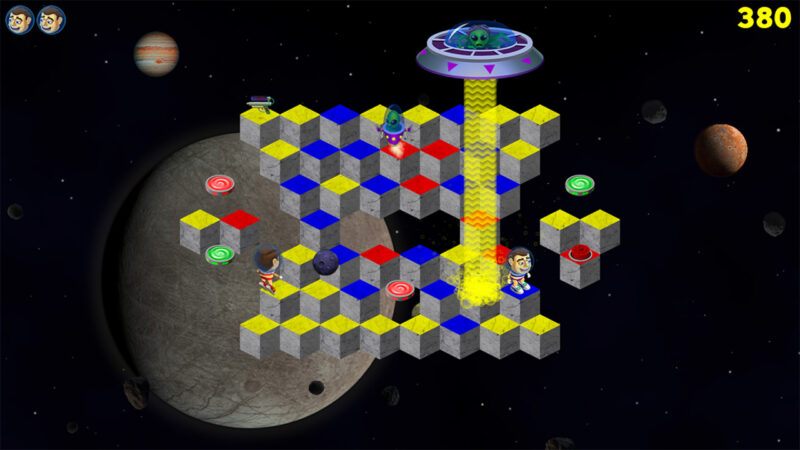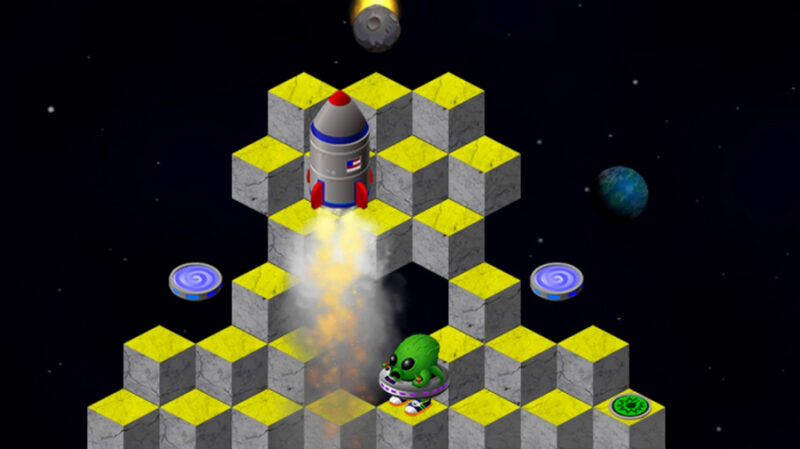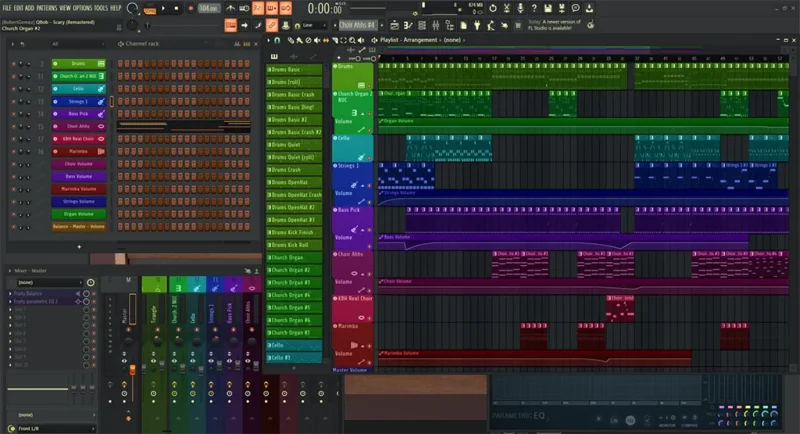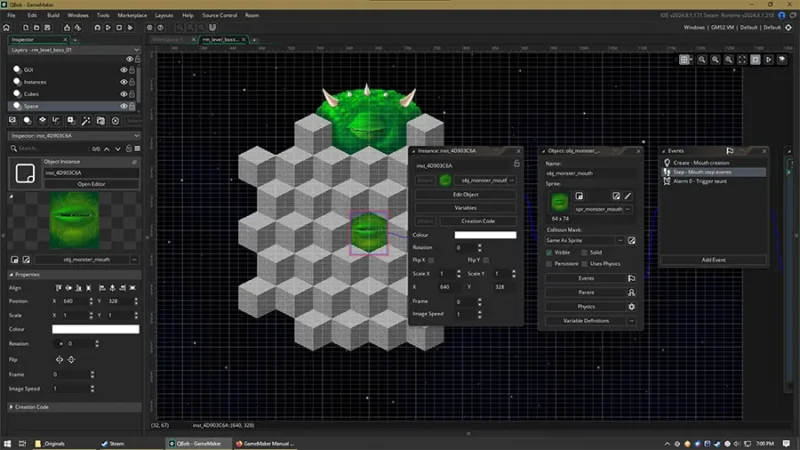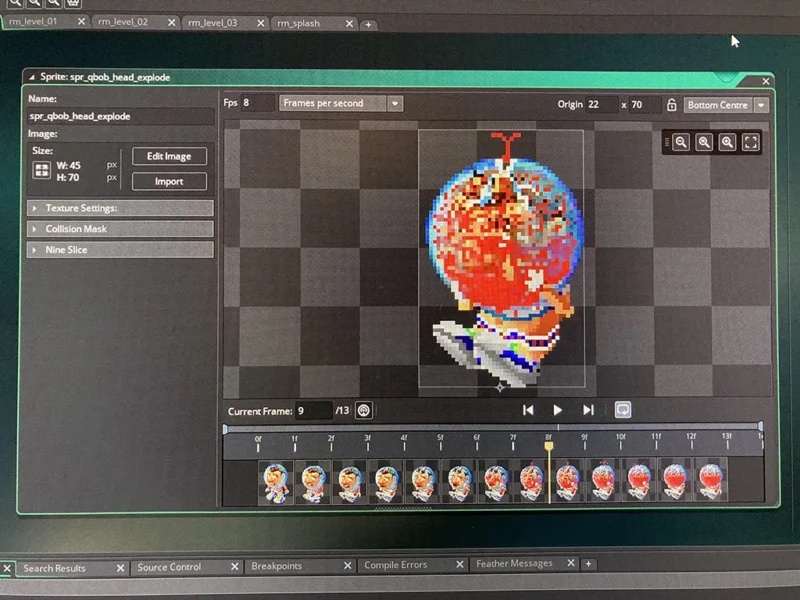QBob Progress Report #8 – Launch Day!
After almost eleven months of hard work, today is the day we are releasing QBob: Remastered to the world!
The last bit of content in the game was getting John in the “booth” to record new dialog for the final boss. There are a dozen or so new insult, taunts, and mad ramblings to which QBob will be subjected.
Most of the past month or so has been spent building up our Steam Store presence with tons of graphical assets, creating a few trailer videos, undergoing lots of Valve content reviews, and porting the game to other platforms. Much of the hardest work her on this final stretch has been building the game for MacOS and Ubuntu. Craig did all of the work getting the MacOS game working. Apple makes it very difficult to create anything (despite what hipster Web devs may say). I handled the Ubuntu port using a virtual machine and it was easy-peasy. In theory, that build should run natively on Steam Deck™, but I have no way to test it.
Finally, I created a thirty page manual for the game. I would like to have a few of these printed up to distribute, but that’s going to be kind of expensive.
So now, without further ado, here are the links to everything QBob: Remastered that is being released today!

